Sunday Post: Bluebells in England's Springtime
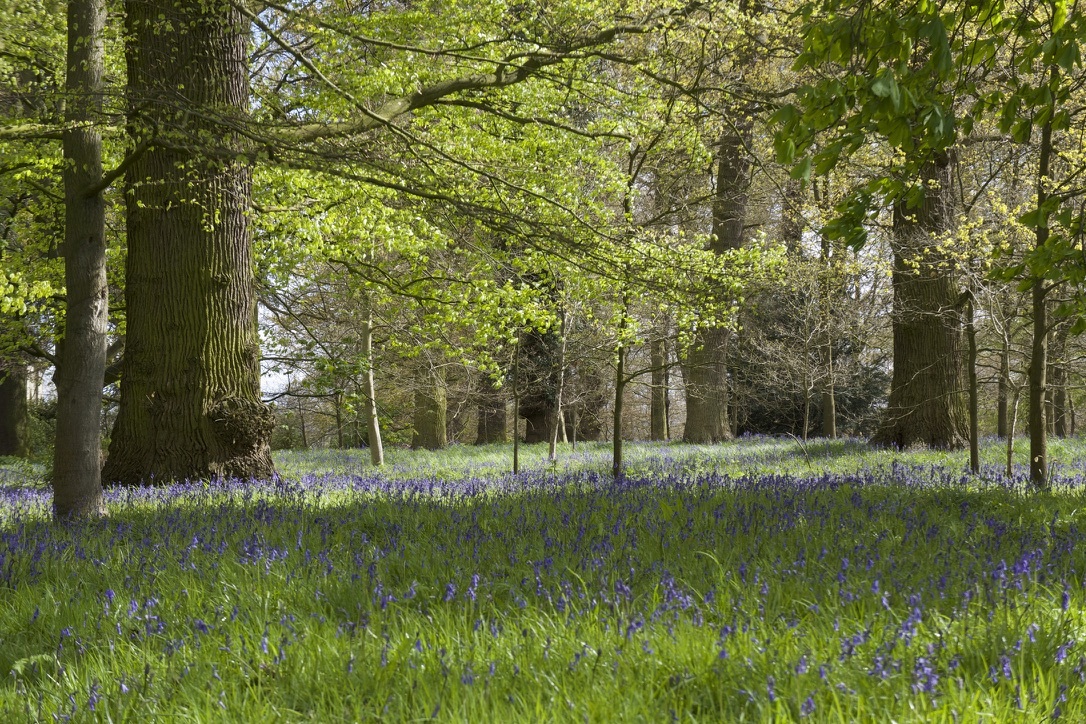
As April approaches, England's ancient woodlands are preparing for their most enchanting annual display. In this newsletter, I share my personal journey discovering the captivating bluebells that transform Britain's forest floors into seas of violet-blue each spring. From that first magical encounter in Shropshire's Attingham Park to the literary inspiration they provided to Emily Brontë and Gerard Manley Hopkins, discover why these humble flowers have captured the imagination of nature lovers for centuries. Whether you're planning your next UK spring adventure or simply wish to experience this quintessentially English phenomenon from afar, join me in exploring the natural history, cultural significance, and breathtaking beauty of bluebell season. Plus, don't miss our growing member community updates and your chance to submit questions for our special 50th podcast episode!
Member Update
We are now 180 members strong, very close to our 200-member goal! Hopefully, we'll reach it in the coming weeks. Reminder that on Tuesday, monthly members will be charged for their monthly subscription.
Also, our 50th episode of the podcast is coming up, so Mrs. Anglotopia and I will do a special Q&A episode where we're going to anews listening and reader questions, so if you have a burning question about British history, culture, travel, or even about Anglotopia itself, please leave your question as a comment on this post, or email it to jonathan@anglotopia.net and we'll add it to the list for recording. Please ask your question by Wednesday, April 1st, as we'll be recording later this week!
After my comments last week, and fixing a technical issue with the forum, it has been a lot more active this week! Thank you for stopping by and joining the discussion! Here are the most popular threads this week:
- What’s your fantasy cottage name?
- Have You Gotten Your ETA?
- Downton Abbey Film Poster
- Is Anyone Considering Moving to the UK?
- Wolf Hall Season 2 Reaction Thread (SPOILERS!)
Sunday Post: Bluebells in England's Springtime
It was a rainy day exploring the Midlands of England. Shropshire presented us with rain, clouds, sun, then clouds, sun, and rain, all in one day. It was a fine English weather day. But I'll never forget our arrival at Attingham Park, in Shropshire. On the walk from the car park to the house, there was a forest, and that forest was bathed in a golden sunlight in a brief spell between bouts of cloudiness and rain. And that golden sunlight shone brightly on the carpet of vibrant blue flowers on the forest floor.
It was sublime and beautiful, and the first time I'd encountered England's famous bluebells. I quickly learned that there was more to this simple, beautiful flower than I understood at that point!
I highly recommend visiting England in the springtime. Well, I recommend visiting England at any time. But in the springtime, it is particularly glorious. And one of the most glorious harbingers of spring is the humble bluebell flower. After the snowdrops in late winter, and the daffodils in early spring, it's time for the landscape of Britain's forests and gardens to turn blue.
The Natural History of a Beloved Flower
The bluebell (Hyacinthoides non-scripta) is one of England's most beloved and iconic wildflowers, known for its stunning carpets of vivid blue that blanket woodland floors each spring. These enchanting flowers are not only a visual delight but also play a crucial role in the natural history and ecology of England's woodlands.
The English bluebell is a perennial plant, meaning it lives for more than two years, with each plant growing from a small bulb. The bulbs lie dormant during the winter months, but as spring approaches, they send up slender, arching stems that can reach up to 20 inches (50 cm) in height. The bluebell's distinctive bell-shaped flowers, which give the plant its name, hang down in clusters along one side of the stem. These flowers are typically a deep, rich blue, although white or pink variations can occasionally be found.
One of the most remarkable features of bluebells is their scent. The flowers emit a sweet, delicate fragrance that can fill an entire woodland, adding to the magical atmosphere of a bluebell wood in full bloom.
Ecological Significance and Ancient Woodlands
Bluebells are primarily found in ancient woodlands, which are areas that have been continuously wooded since at least 1600 AD. These woods provide the perfect conditions for bluebells to thrive, with their nutrient-rich soil, shaded environment, and relatively undisturbed ground. In the wild, they thrive on neglect and spread quietly along the forest floor, growing in number every year (I should add, after trying to plant some myself at home here in Indiana, home-grown ones DO NOT thrive on neglect).
Bluebells are an essential part of England's woodland ecosystem. They bloom early in the spring, taking advantage of the sunlight that reaches the forest floor before the trees fully leaf out. This early blooming period allows them to complete their life cycle—flowering, pollination, and seed dispersal—before the canopy above closes and light becomes scarce.
The flowers are an important food source for early pollinators, including bees, butterflies, and other insects. The rich nectar and pollen provide these insects with vital energy during a time when other sources of food are still scarce. In turn, these pollinators help the bluebells to reproduce by transferring pollen from one flower to another.
Bluebells are also indicators of ancient woodland, as they are slow to colonize new areas and are rarely found in woodlands that have been disturbed or newly planted. Their presence can therefore be a sign of the historical continuity and ecological integrity of a woodland. It's a bit of a paradox, most of England's ancient woodlands aren't actually that ancient - in fact are only a few hundred years old. The island of Great Britain was largely deforested through its natural history, several times. Many of the forests we enjoy now were either planted or land that was allowed to reforest itself.
A Journey Through Bluebell Country
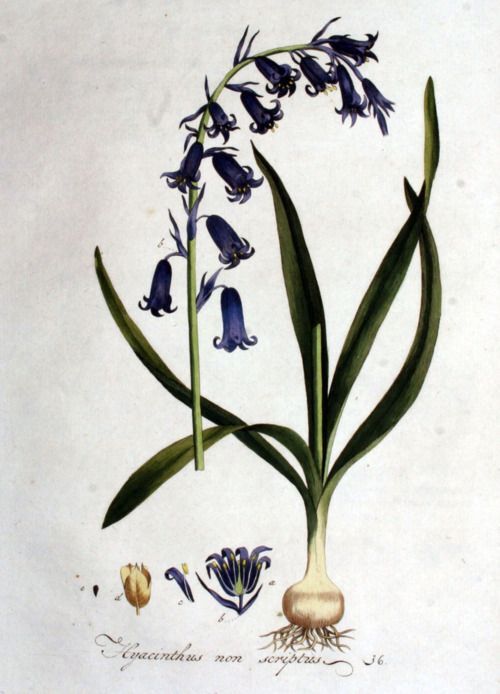
Throughout that spring trip, I found myself looking for bluebells everywhere. That journey took us north to the Midlands, and south to Dorset and Hampshire. And while we saw many bluebells in the midlands, they were definitely more abundant in Dorset and Hampshire. I'll never forget exploring Thomas Hardy's childhood home, then on the walk back passing alongside an ancient wood, carpeted with these beautiful blue flowers.
In England, bluebells are particularly abundant in the southern and western regions, where they form some of the most famous and extensive bluebell carpets. These bluebell woods are a quintessential part of the English springtime landscape, drawing visitors from all over the country and beyond to witness their beauty.
Nature-loving Brits will comb the countryside for the best places to experience the bluebells when they come into bloom. National Trust properties will adjust their events calendars and opening hours to handle the hordes of visitors coming to see these special little flowers. They are an excuse to put your wellies on and go out into the countryside. A beautiful sight, not to be missed.
The New Forest: Ancient Land with a "New" Name
The most famous of England's ancient woodlands is probably 'The New Forest.' Despite its name, it's not new at all - it was established by William the Conqueror in 1079! The New Forest has a rich history spanning nearly a millennium. This ancient woodland in southern England was designated primarily for the king's deer hunting pursuits, with strict "Forest Law" protecting the venison and vegetation.
Over the centuries, the forest developed a unique ecosystem through the practice of commoning—where locals gained rights to graze livestock—creating the distinctive open landscapes and ancient woodlands we see today. The New Forest was officially designated as a national park in 2005, recognizing its ecological and historical significance.
Within the New Forest's ancient woodlands, bluebells create spectacular carpets of violet-blue flowers each spring, typically blooming from mid-April to late May. These native wildflowers thrive in the dappled shade of deciduous trees, particularly in areas that have remained wooded for centuries. The New Forest's bluebell woods are considered among the finest in Britain, drawing visitors during the brief flowering season.
Conservation and Challenges
Despite their widespread popularity, bluebells face several threats. Habitat loss due to urban development, changes in land use, and the spread of non-native species, such as the Spanish bluebell (Hyacinthoides hispanica), pose significant challenges to their survival. The Spanish bluebell, which is often planted in gardens, can hybridize with the native English bluebell, leading to a dilution of the species' genetic purity.
To protect bluebells and their habitats, they are legally protected under UK law. These delicate flowers are protected under the Wildlife and Countryside Act, making it illegal to dig up wild bluebells, as they're indicators of ancient woodland and can take years to recover from damage.
Hole Park: A Showcase of Spring's Bounty
For those seeking to experience the magic of bluebells, there are many dedicated spots throughout England. Nestled within the heart of the Kent countryside, Hole Park unveils its celebrated "Bluebell Spectacular" each spring, transforming woodland floors into a breathtaking sea of violet-blue flowers from mid-April through May—a feast for both eyes and nose that draws nature enthusiasts from far and wide.
Before this main attraction reaches its peak (which visitors can track via the park's online "bluebell barometer"), the 16-acre gardens burst into life from April 1st with a symphony of seasonal colors: elegant magnolias and cherry blossoms create a pink canopy above, while vibrant tulip beds, meadows dotted with crocuses, daffodils, fritillaries and wild orchids paint the landscape in cheerful hues.
The 10-acre woodland area first showcases primroses, wood anemones and bright blue scillas as nature's opening act, and after the bluebells complete their magnificent performance, the aptly named Wild Garlic Valley takes center stage with its own distinctive blooms, continuing the ever-evolving tapestry of spring's botanical wonders.
Bluebells in Literature: A Poetic Inspiration
England's poets have not ignored the beauty of the bluebell. Emily Brontë's "The Bluebell" is a deeply reflective poem written in 1839 that uses the delicate wildflower as a symbol of constancy and remembrance. The poem beautifully captures the relationship between memory, nature, and emotional attachment. Brontë personifies the bluebell, suggesting it has the ability to bring comfort and evoke powerful recollections of the past. Throughout the poem, she explores themes of loyalty, the passage of time, and the healing power of natural beauty—themes that resonated with Victorian readers and continue to touch modern audiences.
"The blue bell is the sweetest flower
That waves in summer air;
Its blossoms have the mightiest power
To soothe my spirit's care."
These opening lines establish the bluebell as not merely a beautiful flower but as a source of emotional solace and spiritual connection for the poet.
Gerard Manley Hopkins' poem "Bluebells" (sometimes titled "May Magnificat") is notable for its innovative use of language and rhythm characteristic of Hopkins' unique style called "sprung rhythm." Written in the late 19th century, the poem celebrates the natural beauty of bluebells while exploring deeper spiritual themes. Hopkins, a Jesuit priest, often found divine significance in nature, and in this poem, the bluebells represent both natural splendor and spiritual transcendence.
In one memorable passage, Hopkins writes:
"Through the velvety blue,
Of the valley all swimming in blue,
Where bluebells swing bells
Of the bluest blue."
This excerpt showcases Hopkins' masterful wordplay and sensory imagery, immersing the reader in the vivid experience of a bluebell wood with his characteristic layered repetition and musical quality.
Reflections: The Timeless Appeal of Bluebells
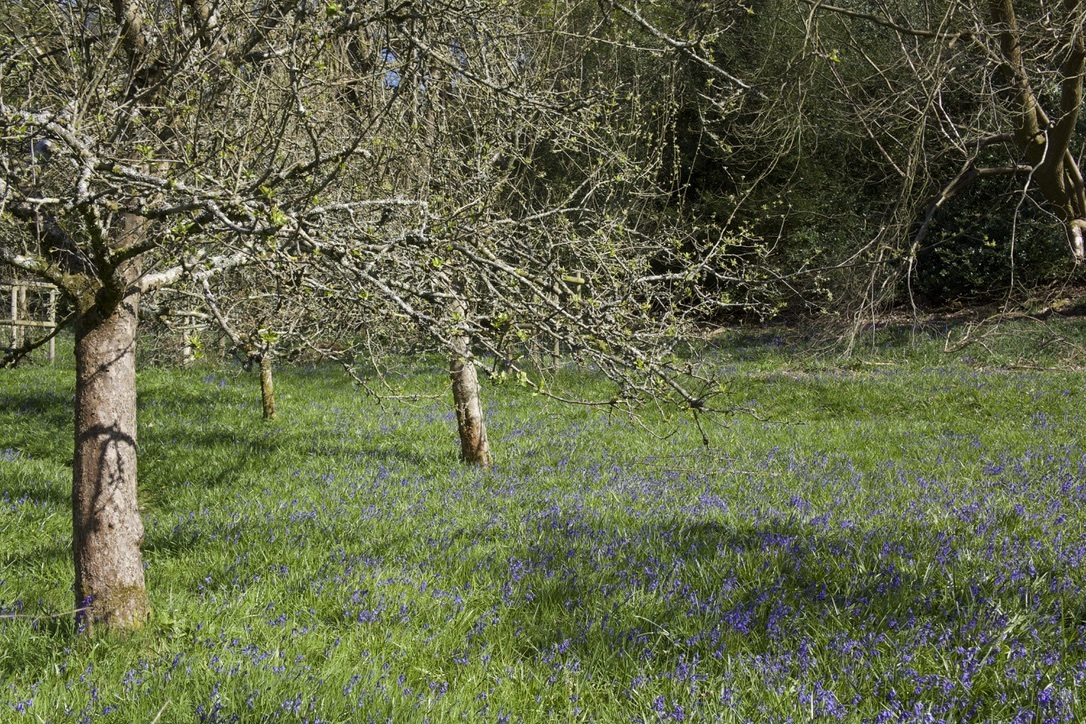
The sight of a bluebell wood in full bloom is one of the most magical experiences in the English countryside that I have ever experienced. The dense, vibrant blue carpet that stretches as far as the eye can see, dappled with sunlight filtering through the trees, creates a scene of breathtaking beauty. This annual spectacle, usually occurring in late April and early May, is a powerful reminder of the delicate balance and enduring charm of England's natural heritage.
For many, the bluebell is more than just a flower; it is a symbol of the arrival of spring and the timeless beauty of the English countryside. The tradition of visiting Bluebell Woods is a cherished part of the cultural calendar, a time when people come together to celebrate the renewal of life and the wonders of nature.
From that first magical encounter at Attingham Park to the discovery of bluebell woods throughout my journey across England, these humble flowers have left an indelible impression on me. They represent not just the beauty of England's landscapes, but also the ways in which nature connects to human history, literature, and emotion. One day I hope to return to England in the height of spring so I can experience their alluring blue beauty again, to walk once more beneath dappled sunlight and breathe in their sweet fragrance—a simple pleasure that captures the very essence of an English spring.
If you can't go to England to experience a bluebell woodland, then enjoy the video stroll through one with one of my favorite YouTube channels:
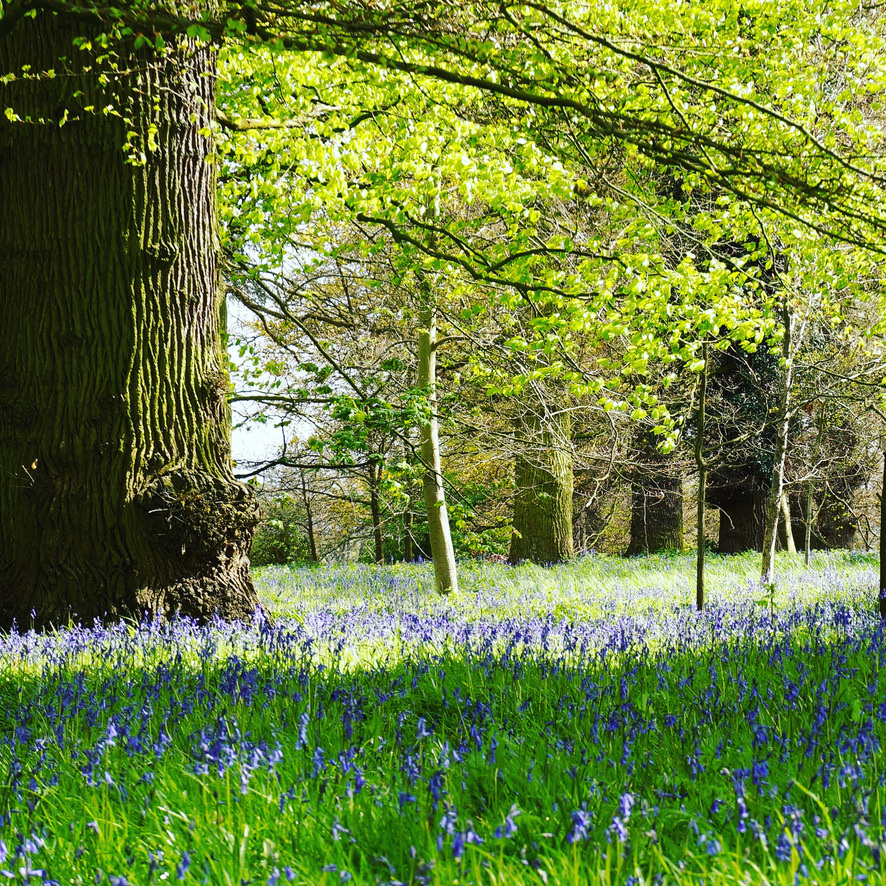
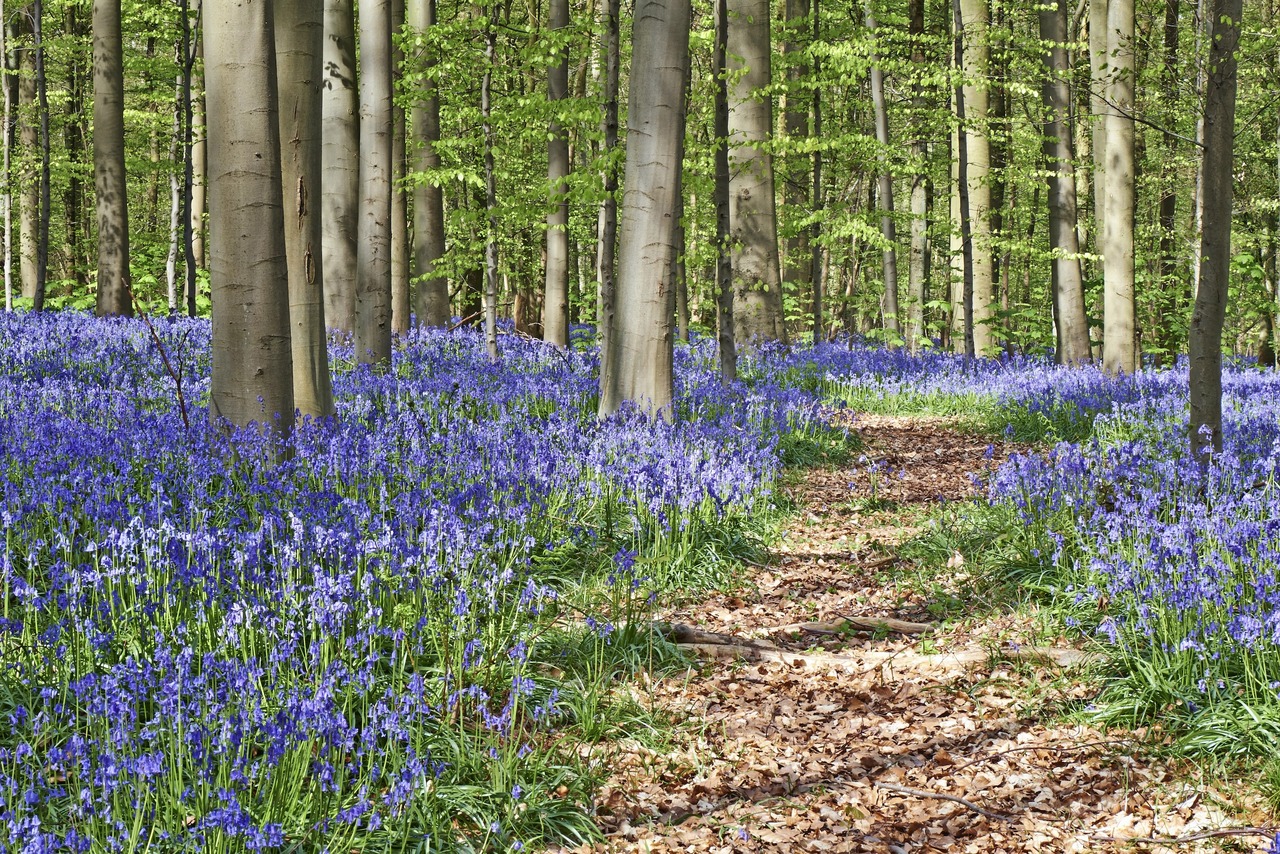
1 like
Post a reply